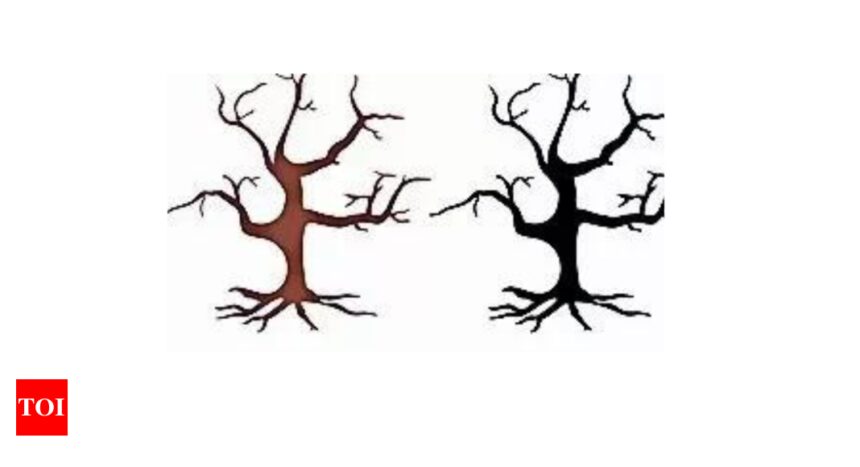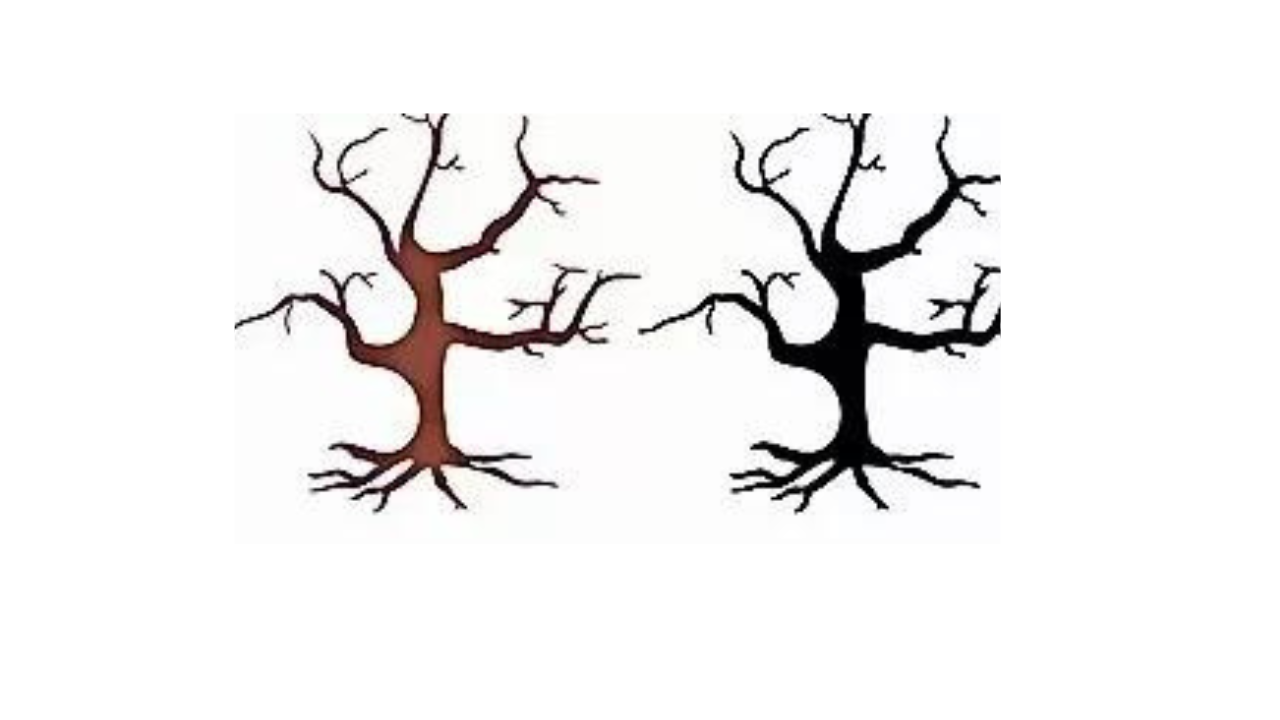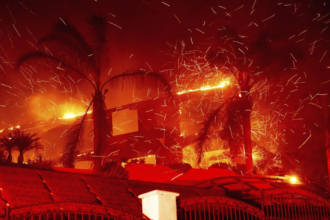Avid texters will soon have a new way to talk about the growing impacts of climate change: an emoji depicting a tree without leaves. Approval of the emoji was revealed in an update earlier this year from the Unicode Consortium.
The leafless tree – also known as the “dead tree” or “dying tree” emoji – was first pitched in 2022 by Brian Baihaki, who saw a gap in messaging graphics that touch on environmentalism.
“Drought is a natural part of the climate cycle… but the climate is changing (and) drought (is becoming) more frequent, severe, and even (spreading) to other places,” Baihaki noted. “Eventually, all the resources that the trees have will be exhausted.”
Since Baihaki submitted his pitch, the threat of drought has only grown globally. This year alone, drought has affected trade on the Mississippi River and in the Panama Canal, crops in Brazil, reservoir levels in Spain, and tourism in Mexico, among other impacts. A recent United Nations report noted that drought conditions are expected to worsen throughout the 21st century – even if there are reductions in greenhouse gas emissions.
“That something from 2022… is still relevant today actually speaks to the longstanding relevancy of the concept,” says Jennifer Daniel, chair of the emoji subcommittee at the Unicode Consortium. “Because two years in digital space might as well be 200 years.”
Emoji may not be high on the list of tools needed to combat the impacts of climate change, but the dead tree reflects people’s need to communicate about those impacts, says Scott Varda, an associate professor of communication at Baylor University. “An emoji like the leafless tree emoji has the possibility to create awareness of climate change as a problem,” Varda says, though he’s “concerned that it does not fix any of the larger messaging issues.”
The leafless tree is one of seven new emoji that will be available on phones in the first half of 2025, joining a fingerprint, a harp, a splat, a shovel, a root vegetable and a face with bags under its eyes.
“Environmentalism is not a fad,” Baihaki wrote in his pitch. “Climate change (is becoming) reality for our everyday lives, drought (is becoming) more common and severe, (and) many ecosystems are collapsed. This emoji is expected to become much more popular in the coming years.”
The leafless tree – also known as the “dead tree” or “dying tree” emoji – was first pitched in 2022 by Brian Baihaki, who saw a gap in messaging graphics that touch on environmentalism.
“Drought is a natural part of the climate cycle… but the climate is changing (and) drought (is becoming) more frequent, severe, and even (spreading) to other places,” Baihaki noted. “Eventually, all the resources that the trees have will be exhausted.”
Since Baihaki submitted his pitch, the threat of drought has only grown globally. This year alone, drought has affected trade on the Mississippi River and in the Panama Canal, crops in Brazil, reservoir levels in Spain, and tourism in Mexico, among other impacts. A recent United Nations report noted that drought conditions are expected to worsen throughout the 21st century – even if there are reductions in greenhouse gas emissions.
“That something from 2022… is still relevant today actually speaks to the longstanding relevancy of the concept,” says Jennifer Daniel, chair of the emoji subcommittee at the Unicode Consortium. “Because two years in digital space might as well be 200 years.”
Emoji may not be high on the list of tools needed to combat the impacts of climate change, but the dead tree reflects people’s need to communicate about those impacts, says Scott Varda, an associate professor of communication at Baylor University. “An emoji like the leafless tree emoji has the possibility to create awareness of climate change as a problem,” Varda says, though he’s “concerned that it does not fix any of the larger messaging issues.”
The leafless tree is one of seven new emoji that will be available on phones in the first half of 2025, joining a fingerprint, a harp, a splat, a shovel, a root vegetable and a face with bags under its eyes.
“Environmentalism is not a fad,” Baihaki wrote in his pitch. “Climate change (is becoming) reality for our everyday lives, drought (is becoming) more common and severe, (and) many ecosystems are collapsed. This emoji is expected to become much more popular in the coming years.”
Source : Times of India









